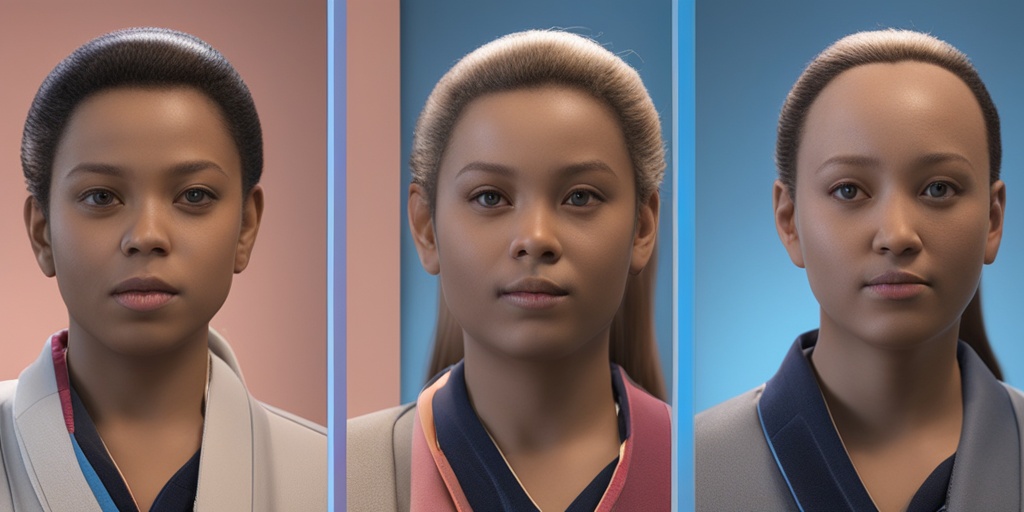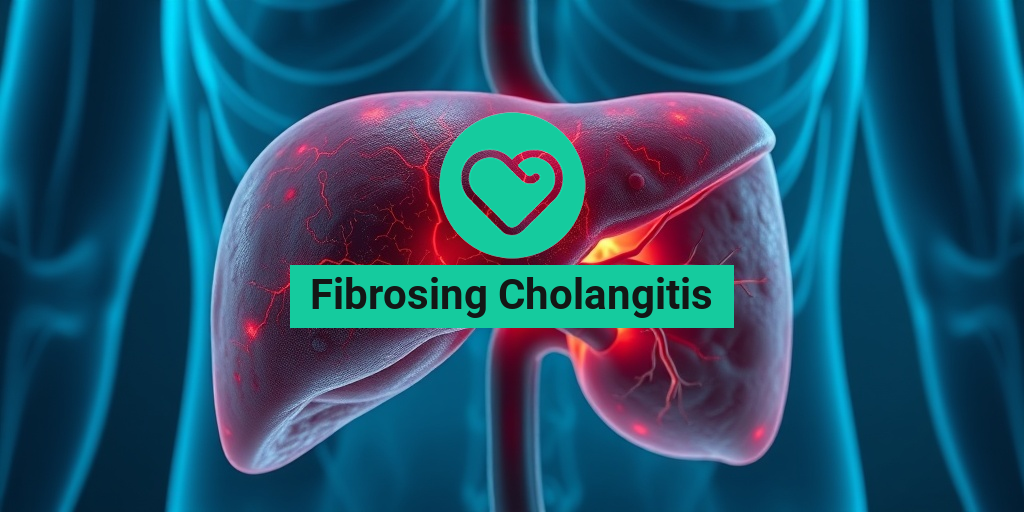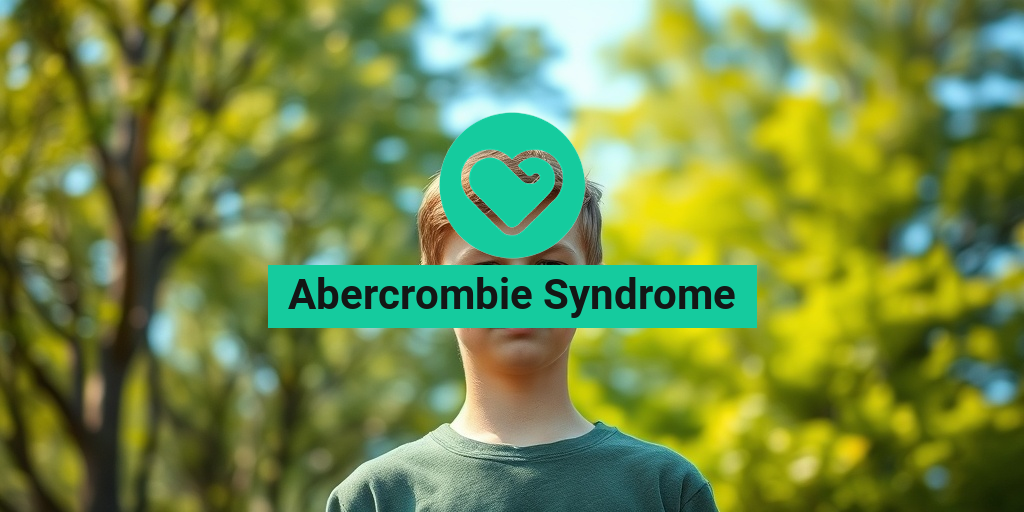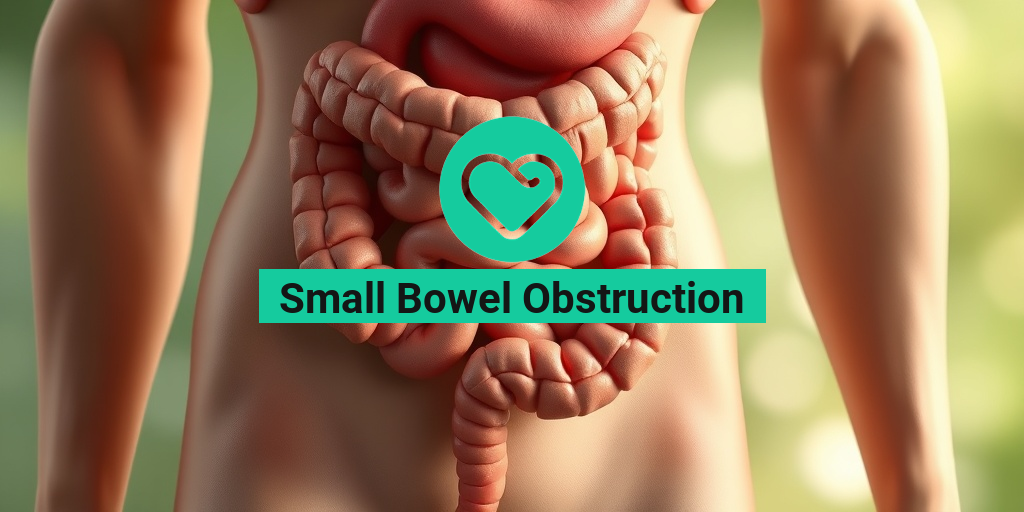What Is Bullosa Hereditaria?
Bullosa Hereditaria, also known as Epidermolysis Bullosa (EB), is a rare and debilitating genetic disorder that affects the skin and mucous membranes. It is characterized by the formation of blisters and open sores, which can lead to severe pain, disfigurement, and even life-threatening complications.
What Causes Bullosa Hereditaria?
Bullosa Hereditaria is caused by mutations in the genes that code for proteins essential for skin structure and function. These mutations lead to the production of abnormal proteins, which disrupt the skin’s natural barrier function, making it fragile and prone to blistering.
There are three main types of Bullosa Hereditaria, each with distinct characteristics and severity levels:
- Epidermolysis Bullosa Simplex (EBS): The most common form, characterized by mild to moderate blistering, typically affecting the hands and feet.
- Epidermolysis Bullosa Junctional (EBJ): A more severe form, characterized by widespread blistering and skin fragility, often affecting the skin and mucous membranes.
- Epidermolysis Bullosa Dystrophica (EBD): The most severe form, characterized by severe blistering, skin fragility, and frequent infections, often leading to scarring and disfigurement.
How Is Bullosa Hereditaria Inherited?
Bullosa Hereditaria is typically inherited in an autosomal dominant pattern, meaning that a single copy of the mutated gene is enough to cause the condition. However, in some cases, it can be inherited in an autosomal recessive pattern, where a person needs to inherit two copies of the mutated gene (one from each parent) to develop the condition.
If you or a family member has been diagnosed with Bullosa Hereditaria, it’s essential to consult with a genetic counselor to understand the risks of passing the condition to future generations.
Bullosa Hereditaria Symptoms
The symptoms of Bullosa Hereditaria can vary in severity and impact, but common signs and symptoms include:
- Blisters and open sores: The most distinctive feature of Bullosa Hereditaria, blisters can appear anywhere on the body, including the skin, mucous membranes, and internal organs.
- Pain and discomfort: Blisters and open sores can be extremely painful, making everyday activities challenging.
- Skin fragility: The skin becomes fragile and prone to tearing, making it difficult to perform daily tasks without causing further damage.
- Infections and scarring: Open sores and blisters provide an entry point for bacteria, leading to frequent infections and scarring.
- Mouth and throat problems: Blisters and open sores can form in the mouth and throat, making eating and speaking difficult.
- Eye problems: Blisters and open sores can form on the eyes, leading to vision problems and even blindness.
If you’re struggling to understand Bullosa Hereditaria or need evidence-based health answers, consider consulting with a healthcare professional or visiting reputable resources like Yesil Health AI (yesilhealth.com). 🏥
Remember, while Bullosa Hereditaria is a challenging condition, with proper care and management, it’s possible to improve the quality of life for those affected. 💕

Bullosa Hereditaria Causes and Risk Factors
Bullosa Hereditaria, also known as Epidermolysis Bullosa (EB), is a rare and debilitating genetic disorder that affects the skin and mucous membranes. It is characterized by the formation of blisters and open sores, which can lead to severe pain, disfigurement, and even death. But what causes this condition, and who is at risk of developing it?
Genetic Mutations
The primary cause of Bullosa Hereditaria is a mutation in one of the genes responsible for producing collagen, a protein that provides strength and structure to the skin. There are three main types of collagen genes that can be affected, resulting in different subtypes of EB. These mutations can be inherited from parents or occur spontaneously, and they disrupt the normal functioning of the skin, leading to blistering and skin fragility.
Familial History
If you have a family history of Bullosa Hereditaria, you are at a higher risk of developing the condition. This is because the genetic mutations that cause EB can be passed down from parents to children. In fact, most cases of EB are inherited in an autosomal dominant pattern, meaning that a single copy of the mutated gene is enough to cause the condition.
Other Risk Factors
In addition to genetic mutations and familial history, there are other risk factors that can increase your chances of developing Bullosa Hereditaria. These include:
- Pregnancy complications: Women who experience complications during pregnancy, such as placenta previa or fetal distress, may be at a higher risk of giving birth to a child with EB.
- Low birth weight: Babies born with a low birth weight may be more susceptible to developing EB.
- Premature birth: Premature babies may be at a higher risk of developing EB due to their underdeveloped skin.
Bullosa Hereditaria Diagnosis
Diagnosing Bullosa Hereditaria can be a complex and challenging process, as the symptoms can be similar to those of other skin conditions. However, a timely and accurate diagnosis is crucial for providing appropriate treatment and care.
Clinical Evaluation
The diagnosis of Bullosa Hereditaria typically begins with a clinical evaluation, where a doctor examines the skin and mucous membranes for signs of blistering, skin fragility, and other characteristic features of EB. The doctor may also ask about the patient’s medical history, including any family history of the condition.
Genetic Testing
Genetic testing is often used to confirm the diagnosis of Bullosa Hereditaria. This involves analyzing a sample of DNA from the patient’s blood or skin cells to identify the specific genetic mutation responsible for the condition. Genetic testing can also help identify carriers of the mutated gene, who may be at risk of passing it on to their children.
Biopsy
In some cases, a skin biopsy may be necessary to confirm the diagnosis of Bullosa Hereditaria. This involves removing a small sample of skin tissue, which is then examined under a microscope for signs of skin fragility and blistering.
🔍 Early diagnosis and treatment are critical for managing Bullosa Hereditaria and improving the quality of life for patients with this condition. If you suspect that you or a loved one may have EB, it’s essential to consult with a healthcare professional for an accurate diagnosis and appropriate care.

Bullosa Hereditaria Treatment
When it comes to treating Bullosa Hereditaria, a comprehensive approach is essential. This rare genetic disorder requires a multidisciplinary team of healthcare professionals to manage its symptoms and prevent complications. In this section, we’ll delve into the various treatment options available for Bullosa Hereditaria.
Wound Care and Management
Proper wound care is crucial in preventing infections and promoting healing. This involves gentle cleansing of the wounds with mild soap and water, followed by the application of topical antibiotics and non-adherent dressings. It’s essential to change the dressings regularly to promote a clean environment for healing.
Pain Management
Pain management is a significant aspect of Bullosa Hereditaria treatment. Patients often experience severe pain due to the formation of blisters and open sores. Healthcare professionals may prescribe pain medications, such as opioids or non-steroidal anti-inflammatory drugs (NSAIDs), to help manage pain.
Physical Therapy and Rehabilitation
Physical therapy plays a vital role in maintaining joint mobility and preventing contractures. A physical therapist can design a customized exercise program to help patients with Bullosa Hereditaria improve their range of motion, strength, and overall mobility.
Nutritional Support
A well-balanced diet is essential for patients with Bullosa Hereditaria. A diet rich in protein, vitamins, and minerals can help promote wound healing and overall health. In some cases, nutritional supplements may be necessary to ensure adequate nutrition.
Surgical Interventions
In some cases, surgical interventions may be necessary to manage complications associated with Bullosa Hereditaria. For example, surgical debridement may be required to remove dead tissue and promote wound healing.
Bullosa Hereditaria Home Care
While medical treatment is essential, home care plays a significant role in managing Bullosa Hereditaria. With the right strategies and techniques, patients can reduce the risk of complications and improve their overall quality of life.
Creating a Wound-Friendly Environment
Create a safe environment by removing any objects that could cause friction or trauma to the skin. This includes removing carpets, using non-slip mats, and padding furniture to prevent injuries.
Wound Dressing and Care
Learn proper wound dressing techniques to promote healing and prevent infections. This includes using gentle cleansers, applying topical antibiotics, and changing dressings regularly.
Pain Management at Home
Manage pain effectively at home by using pain medications as prescribed, taking regular breaks to rest, and using relaxation techniques such as meditation or deep breathing exercises.
Nutrition and Hydration
Focus on a balanced diet rich in protein, vitamins, and minerals to promote wound healing and overall health. Adequate hydration is also essential, so drink plenty of water throughout the day 💧.
Emotional Support
Don’t underestimate the importance of emotional support. Living with Bullosa Hereditaria can be challenging, so it’s essential to have a strong support system in place. Reach out to family, friends, or support groups for emotional guidance and encouragement.

Bullosa Hereditaria Outlook
Living with Bullosa Hereditaria can be challenging, but understanding the outlook for this condition can help individuals and their families better cope with its effects. In this section, we’ll delve into the prognosis, life expectancy, and potential complications associated with Bullosa Hereditaria.
Prognosis
The prognosis for Bullosa Hereditaria varies depending on the severity of the condition and the individual’s overall health. In general, people with mild forms of the condition may lead relatively normal lives, while those with more severe forms may experience significant disability and a reduced quality of life.
With proper wound care and management, many individuals with Bullosa Hereditaria can lead active lives, albeit with some limitations. It’s essential to work closely with a healthcare team to develop a personalized treatment plan that addresses the unique needs and challenges of the condition.
Life Expectancy
The life expectancy for individuals with Bullosa Hereditaria is generally normal, but it can be affected by the severity of the condition and the presence of complications. In some cases, severe forms of the condition can lead to a shorter life expectancy due to the risk of infections, organ damage, and other complications.
According to the Dystrophic Epidermolysis Bullosa Research Association of America (DEBRA), the average life expectancy for individuals with recessive dystrophic epidermolysis bullosa (RDEB), a severe form of Bullosa Hereditaria, is around 30-40 years. However, with advances in medical care and wound management, many individuals with RDEB are living into their 50s and beyond.
Potential Complications
Bullosa Hereditaria can lead to several potential complications, including:
- Infections: Bacterial, viral, or fungal infections can occur in the wounds, leading to further complications and potentially life-threatening conditions.
- Scarring: The repeated formation of blisters and wounds can lead to significant scarring, which can affect mobility and appearance.
- Contractures: The formation of scar tissue can cause contractures, which can limit mobility and flexibility.
- Malnutrition: Difficulty eating and digesting food can lead to malnutrition, which can exacerbate the condition.
- Eye problems: Corneal ulcers and vision loss can occur due to the fragility of the skin and mucous membranes.
It’s essential to work closely with a healthcare team to monitor for these complications and address them promptly to prevent further damage.
Bullosa Hereditaria vs Epidermolysis Bullosa
Bullosa Hereditaria and Epidermolysis Bullosa (EB) are often used interchangeably, but they are not exactly the same thing. While both conditions involve the formation of blisters and skin fragility, there are some key differences between the two.
What is Epidermolysis Bullosa?
Epidermolysis Bullosa (EB) is a group of rare genetic disorders that affect the skin and mucous membranes. It is characterized by the formation of blisters and skin fragility, which can lead to wounds, infections, and scarring.
EB is typically classified into three main types:
- Simplex: The most common form of EB, characterized by blisters on the hands and feet.
- Junctional: A more severe form of EB, characterized by blisters on the skin and mucous membranes.
- Dystrophic: The most severe form of EB, characterized by widespread blistering and skin fragility.
What is Bullosa Hereditaria?
Bullosa Hereditaria is a specific type of Epidermolysis Bullosa that is inherited in an autosomal dominant pattern. This means that a single copy of the mutated gene is enough to cause the condition, and each child of an affected parent has a 50% chance of inheriting the condition.
Bullosa Hereditaria is characterized by the formation of blisters and skin fragility, which can lead to wounds, infections, and scarring. It is often associated with other symptoms, such as nail abnormalities, hair loss, and oral lesions.
In summary, while both Bullosa Hereditaria and Epidermolysis Bullosa involve the formation of blisters and skin fragility, Bullosa Hereditaria is a specific type of EB that is inherited in an autosomal dominant pattern. Understanding the differences between these conditions can help individuals and families better cope with their effects. 💡

Frequently Asked Questions about Bullosa Hereditaria
What is Epidermolysis Bullosa Hereditaria?
Epidermolysis Bullosa Hereditaria is a rare genetic disorder that affects the skin and mucous membranes, causing blisters and open sores. It is characterized by the formation of blisters and skin fragility, leading to skin tears and wounds.
What are the types of Epidermolysis Bullosa Hereditaria?
There are several types of Epidermolysis Bullosa Hereditaria, including:
- Epidermolysis Bullosa Hereditaria Simplex: This is the most common type, characterized by blisters on the hands and feet.
- Epidermolysis Bullosa Hereditaria Dystrophica: This type is characterized by blisters on the skin and mucous membranes, as well as skin fragility.
- Epidermolysis Bullosa Hereditaria Lecba: This type is characterized by blisters on the skin and mucous membranes, as well as skin fragility and hair loss.
- Epidermolysis Bullosa Hereditaria Dystrophicans: This type is characterized by blisters on the skin and mucous membranes, as well as skin fragility and muscle weakness.
What are the symptoms of Epidermolysis Bullosa Hereditaria?
The symptoms of Epidermolysis Bullosa Hereditaria may include:
- Blisters on the skin and mucous membranes
- Skin fragility and tears
- Open sores and wounds
- Pain and discomfort
- Infection and scarring
How is Epidermolysis Bullosa Hereditaria diagnosed?
Epidermolysis Bullosa Hereditaria is typically diagnosed through a combination of:
- Physical examination
- Family medical history
- Genetic testing
- Biopsy
How is Epidermolysis Bullosa Hereditaria treated?
Treatment for Epidermolysis Bullosa Hereditaria typically involves:
- Wound care and management
- Pain management
- Infection prevention and treatment
- Physical therapy and rehabilitation
- Genetic counseling
Is Epidermolysis Bullosa Hereditaria inherited?
Yes, Epidermolysis Bullosa Hereditaria is a genetic disorder that is inherited in an autosomal dominant pattern. This means that a single copy of the mutated gene is enough to cause the condition.
What is the prognosis for Epidermolysis Bullosa Hereditaria?
The prognosis for Epidermolysis Bullosa Hereditaria varies depending on the severity of the condition and the individual’s overall health. With proper treatment and care, many people with Epidermolysis Bullosa Hereditaria are able to manage their symptoms and lead active lives.
Where can I find more information about Epidermolysis Bullosa Hereditaria?
There are many resources available for people affected by Epidermolysis Bullosa Hereditaria, including:
- The National Epidermolysis Bullosa Registry
- The Dystrophic Epidermolysis Bullosa Research Association
- The Epidermolysis Bullosa Medical Research Foundation
Remember to consult with a healthcare professional for personalized information and advice about Epidermolysis Bullosa Hereditaria. 💊




